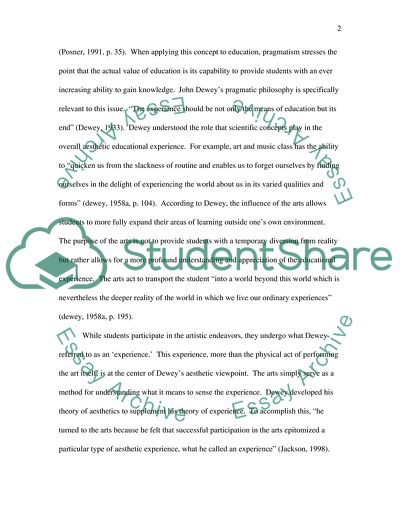Cite this document
(American Pragmatism Literature review Example | Topics and Well Written Essays - 2250 words, n.d.)
American Pragmatism Literature review Example | Topics and Well Written Essays - 2250 words. Retrieved from https://studentshare.org/systems-science/1704322-american-pragmatism
American Pragmatism Literature review Example | Topics and Well Written Essays - 2250 words. Retrieved from https://studentshare.org/systems-science/1704322-american-pragmatism
(American Pragmatism Literature Review Example | Topics and Well Written Essays - 2250 Words)
American Pragmatism Literature Review Example | Topics and Well Written Essays - 2250 Words. https://studentshare.org/systems-science/1704322-american-pragmatism.
American Pragmatism Literature Review Example | Topics and Well Written Essays - 2250 Words. https://studentshare.org/systems-science/1704322-american-pragmatism.
“American Pragmatism Literature Review Example | Topics and Well Written Essays - 2250 Words”. https://studentshare.org/systems-science/1704322-american-pragmatism.


